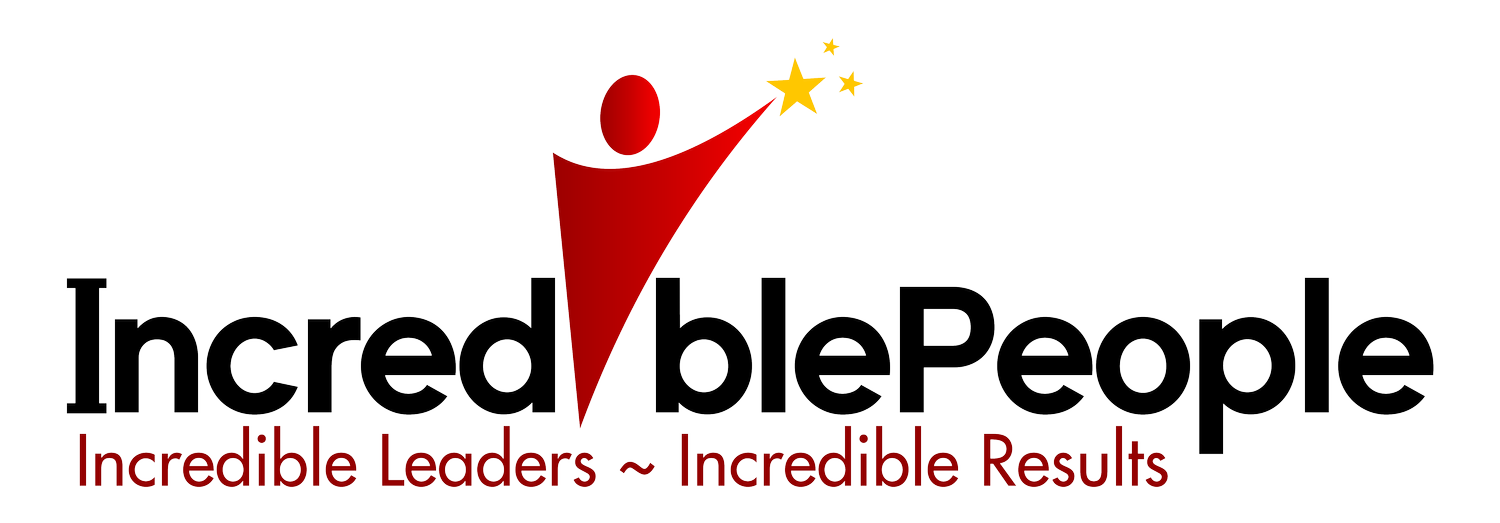Resilience Redefined: How to Thrive in 2025
The concept of resilience is more than just a buzzword - it’s a core requirement for success. Organisations are facing rapid change, evolving consumer demands, and increasingly complex challenges. Amidst all of this, resilience isn’t simply about bouncing back from adversity.
What does Resilience really mean?
Traditionally, resilience is often viewed as the ability to “bounce back” after setbacks. While that’s part of it, resilience is much more proactive. It’s about anticipating possible obstacles, maintaining a strong mental and emotional foundation, and adapting as circumstances change. Crucially, it’s also about consistently showing up as your best self, whether at work, at home, or in other areas of life.
Signs you may need a Resilience boost
Persistent Overwhelm: Do you regularly feel stretched thin, with an endless to-do list that never seems to shrink? Chronic stress can undermine your creativity, motivation, and effectiveness.
Sluggish Recovery from Setbacks: While some knocks are expected in life and work, if each setback feels tougher than the last to recover from, your resilience might be wearing thin.
Strained Team Dynamics: Leaders with low resilience may inadvertently project stress onto their teams, causing unnecessary tension and even conflict.
Increasing Cynicism or Burnout: If you wake up each morning with dread instead of excitement, or find your outlook on work shifting from hopeful to pessimistic, it’s time to reassess.
The Five Pillars of Modern Resilience
Self-Care
More than just the occasional holiday or spa treatment, self-care involves setting boundaries and ensuring you have routines that replenish your mental, physical, and emotional energy.Purpose
A clear sense of purpose acts like a compass. It keeps you motivated and on track, especially during tough times. Leaders who know their “why” can maintain focus even when faced with unexpected hurdles.Social Currency
Surrounding yourself with supportive, growth-minded peers is essential. Whether it’s colleagues, mentors, or loved ones, having a reliable network can make all the difference in times of crisis.Self-Worth
Believing in your own skills and capabilities underpins resilience. This doesn’t mean you won’t have doubts; it means you’re confident in your capacity to learn and adapt.Locus of Control
Recognise what you can and can’t control. By focusing on the aspects you can influence—your choices, mindset, and behaviours—you’ll reduce stress and increase your sense of empowerment.
Practical Strategies for Thriving in 2025
Schedule Regular Check-ins
Set aside time each week or month to evaluate your mental and emotional state. Ask yourself: Where can I set clearer boundaries? Where do I feel most energised?Build a Personal Resilience Toolkit
This could include journalling, mindfulness practices, or scheduling “white space” on your calendar for creative thinking.Lead by Example
If you manage a team, share your resilience strategies openly. Encourage discussions around mental health, work-life balance, and coping mechanisms for stress.Celebrate Incremental Growth
Resilience develops over time. Acknowledge small improvements in your stress responses or mindset shifts, even if they seem minor initially.
As we progress through 2025, the demands on leaders won’t slow down. Resilience can be your competitive advantage. Operating from a foundation of resilience means you’re not just surviving the day-to-day grind—you’re innovating, collaborating effectively, and uplifting the people around you.
Ready to build on your resilience?
Join us at our upcoming free workshop:
“Harnessing Resilience: Your Formula for Thriving in 2025,” with Guest Expert Sharon Curciarello (Performance Coach and Retreat Leader) on Tuesday, January 21, at 10:30am (AWT).
https://www.linkedin.com/events/7275333882747527168/about/
